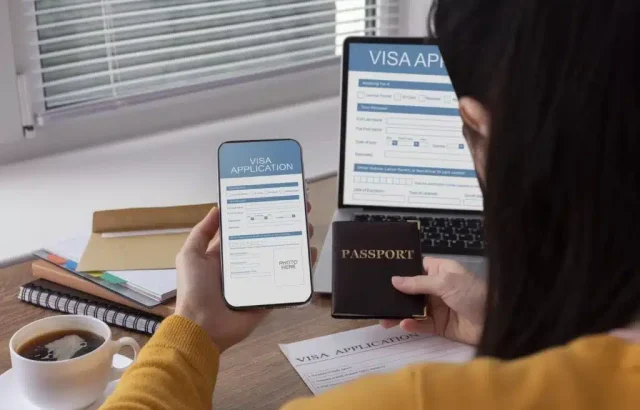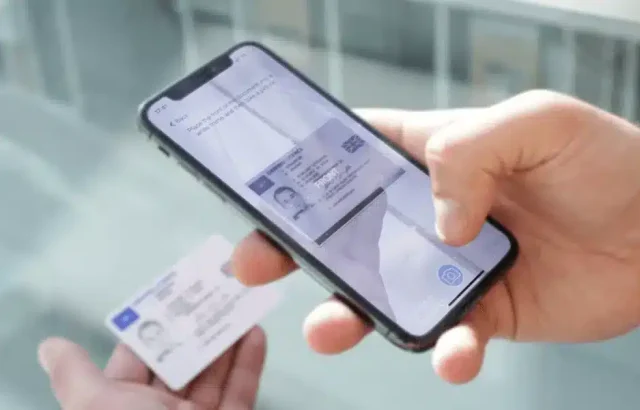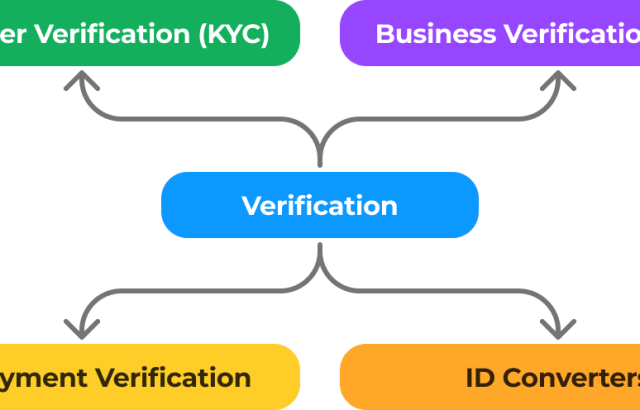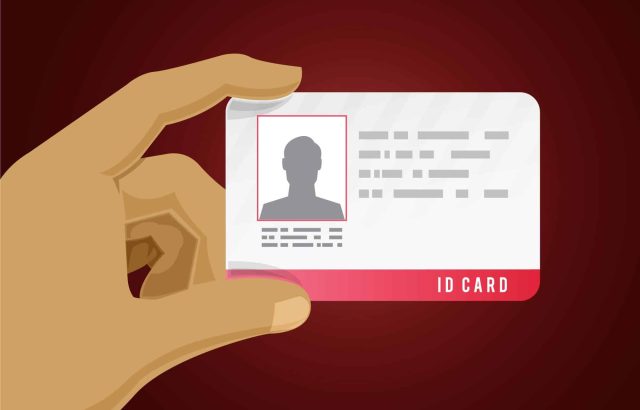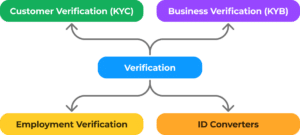With the increasing deployment of face liveness detection sdk and monitoring systems for purposes such as access control, surveillance, and authentication, ensuring genuine user identities has become critically important.
MiniAiLive face liveness detection software development kit (SDK) provides camera manufacturers and system integrators with a comprehensive and accurate anti-spoofing solution to address this challenge.
Importance of Face Liveness Detection SDK
| Area | Importance | Explanation |
| Fraud Prevention | Prevents Spoofing Attacks | Blocks attempts to use photos, videos, or masks to deceive facial recognition systems. |
| Fraud Prevention | Mitigates Identity Theft | Protects individuals from fraudsters using stolen identities to open accounts, access services, or make purchases. |
| Security Enhancement | Strengthens Biometric Authentication | Makes it significantly harder to bypass security measures that rely on facial recognition. |
| Security Enhancement | Deters Account Takeover | Reduces the risk of unauthorized access to user accounts, even if login credentials are compromised. |
| User Trust | Builds Confidence in Online Services | Reassures users that their identities and data are protected within digital platforms. |
| Cost Savings | Reduces Losses Due to Fraud | Organizations save money by preventing fraudulent transactions, chargebacks, and the costs associated with manual verification. |
| Reduced Liability | Minimizes Potential for Lawsuits | Businesses and service providers can demonstrate due diligence in protecting user data and preventing fraud. |
| Regulatory Compliance | Meets KYC and AML Requirements | Helps organizations comply with stricter regulations regarding identity verification and fraud prevention. |
| Accessibility | Promotes Inclusivity | Reduces reliance on manual document verification, which can be a barrier for some individuals. |
| Remote Services | Enables Secure Onboarding and Transactions | Allows for secure user authentication across various sectors where face-to-face interaction is not possible. |
| Seamless Experiences | Potential to Improve User Experience | When well-implemented, liveness detection can be convenient for users, reducing friction compared to traditional verification methods. |
| Future-Proofing | Staying Ahead of Evolving Threats | As fraudsters become more sophisticated, liveness detection remains a critical tool to maintain security and integrity. |
Key capabilities and benefits of the MiniAiLive Face Liveness Detection SDK with advanced liveness detection
Tackling the Spoofing Threat in Face Liveness Detection SDK
As security systems become more ubiquitous, the risks of identity spoofing using photos, videos or masks have also risen considerably. Without effective liveness detection, an unauthorized individual can easily bypass authentication by presenting a fabricated face sample.
The MiniAiLive SDK utilizes cutting-edge deep learning techniques to distinguish live faces from 2D or 3D spoof attempts in real-time. It analyses fine details from camera frames like skin texture, eye blinking, head movements and other live face attributes that spoofing media cannot accurately replicate. This makes it very difficult for spoofing tools to fool the system.
Multi-Algorithm Approach in Face Liveness Detection SDK
Rather than relying on a single algorithm, MiniAiLive uses an ensemble of algorithms to determine face liveness with extremely high accuracy. Its multi-algorithm approach involves both motion-based and photometry-based analyses for comprehensively detecting even sophisticated spoofing media and abnormal facial motions.
The SDK also continuously updates its deep neural network through new training data to recognize the latest spoofing mediums and techniques. This multi-pronged methodology future-proofs the solution against emerging spoofing threats.
Seamless camera integration in MiniAiLive Liveness Detection SDK
The MiniAiLive SDK is designed to be easily integrated with IP, analog and networked cameras. It provides user-friendly APIs for rapid implementation of liveness checks within existing camera feeds and video management systems.
System integrators can leverage the SDK’s plug-and-play functionality for scenarios like access control turnstiles, office/building security, bank ATMs etc. with just a few lines of code. This allows camera manufacturers to augment their offerings with beneficial anti-spoofing capabilities without extensive development efforts.
Centralized and distributed deployment in face liveness detection sdk
The MiniAiLive SDK supports both centralized and distributed deployment architectures. For large centralized systems, it can run on a dedicated edge server for liveness verification across hundreds of networked IP cameras.
In distributed mode, the SDK’s lightweight neural networks allow on-camera deployment for systems with embedded cameras or edge devices with limited resources. This flexibility enables Right-sized implementations matching varied system scales and topographies.
Continuous performance improvement in face liveness detection sdk
With active research and expanded training datasets, MiniAiLive is continuously improving the spoofing detection capability of its SDK. System integrators benefit from regular software updates delivering incremental enhancements in accuracy, robustness, processor efficiency and new feature additions.
MiniAiLive also provides expert guidance and assistance throughout the integration and optimization process. The continual upgrades ensure clients remain protected from the latest spoofing tools and methods.
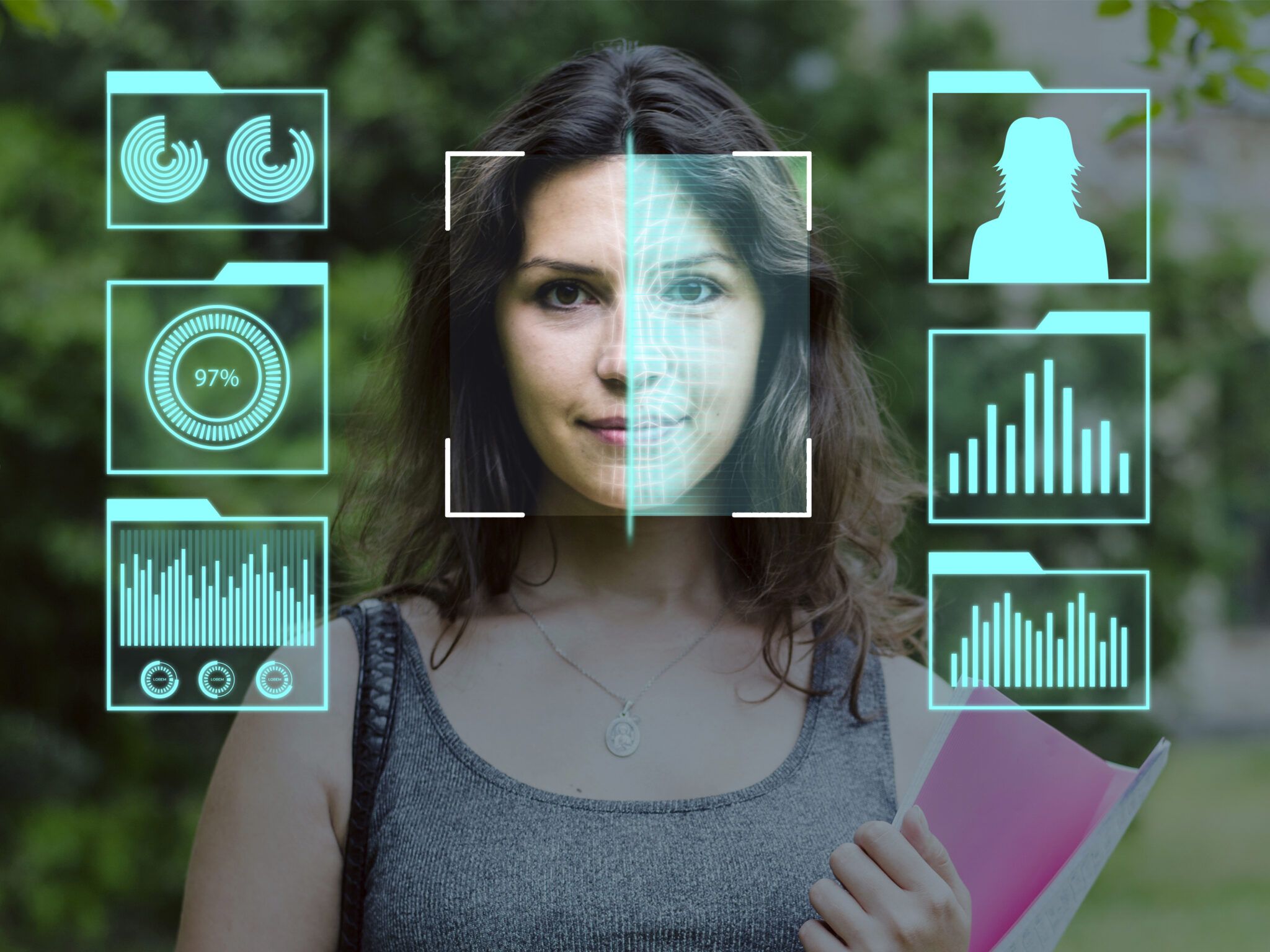
Technology used in MiniAiLive Face Liveness Detection SDK
| Technology Category | Specific Techniques / Algorithms | |
| Image/Video Acquisition | Standard Camera APIs (Android, iOS) | The SDK needs to access the device’s camera to capture image or video data of the user’s face. |
| Image Preprocessing | Face Detection (e.g., Haar Cascades, MTCNN) | Locates the face within the image/video frame for further analysis. |
| Image Preprocessing | Image Cropping and Alignment | Isolates the face and aligns it to a standard orientation and size, simplifying later steps. |
| Core Liveness Detection | Texture Analysis (e.g., LBP, Gabor Filters) | Examines patterns on the skin to distinguish real skin from fake materials. |
| Core Liveness Detection | Micro-expression Detection | Looks for subtle, involuntary facial movements that are hard to fake. |
| Core Liveness Detection | 3D Depth Analysis (if using structured light/ToF sensor) | Creates a 3D map of the face, making spoofing with flat images or videos difficult. |
| Core Liveness Detection | Light Reflection Analysis | Measures how light reflects off the face for signs of natural skin. |
| Core Liveness Detection | Color and Spectrum Analysis | Detects unnatural color patterns or spectral properties that could indicate a spoof attempt. |
| Anti-spoofing (Print Attacks) | Moiré Pattern Detection | Looks for interference patterns caused when a printed photo is recaptured by a camera. |
| Anti-spoofing (Replay Attacks) | Screen Glare Detection | Identifies reflections and inconsistencies characteristic of video replays. |
| Anti-spoofing (Mask Attacks) | Edge Analysis | Looks for unnaturally sharp edges or other telltale signs of a mask. |
| Machine Learning | Convolutional Neural Networks (CNNs) | Powerful models for image analysis, used for feature extraction and classification of real vs. fake. |
| Machine Learning | Support Vector Machines (SVMs) | Traditional classifiers that can be used to discriminate between real and fake faces. |
| Decision-making | Thresholding and Rule-based Systems | Sets thresholds for various features to determine if a face is live or not. May combine multiple scores for final decision. |
Real World Industrial Benefits of using MiniAiLive Face Liveness Detection SDK
| Industry Sector | Specific Benefits | Explanation |
| Banking & Finance | Secure customer onboarding | Prevents fraudulent account creation using fake identities. |
| Banking & Finance | Robust transaction authentication | Adds a layer of security to high-value transactions or sensitive operations. |
| E-commerce | Reduction of payment fraud | Helps mitigate chargebacks and losses due to fraudulent purchases. |
| Government Services | Secure access to citizen services | Prevents identity theft and unauthorized access to benefits or sensitive data. |
| Healthcare | Remote patient verification | Ensures the right person is receiving telemedicine services or accessing their medical records. |
| Education | Exam integrity | Prevents impersonation and cheating in online exams or proctoring systems. |
| Access Control | Enhanced physical security | Can be integrated into biometric access control systems for buildings, restricted areas, etc. |
| Transportation (ride-sharing, car rentals) | Driver verification | Ensures the registered driver is operating the vehicle, promoting safety and accountability. |
| Age-restricted services | Accurate age verification | Helps businesses comply with regulations regarding the sale of age-restricted products or access to certain services. |
| Workforce Management | Time and attendance tracking | Prevents “buddy punching” and ensures accurate timekeeping for remote or distributed workforces. |
| Social Media & Online Gaming | Account creation protection | Reduces fake accounts, bots, and abuse on platforms. |
| General | Overall fraud reduction | Acts as a powerful deterrent against various identity fraud schemes across industries. |
Frequently Asked Questions
What is face liveness detection sdk?
It refers to the capability to distinguish live human faces from spoofing media like photos, videos or masks. MiniAiLive SDK uses advanced AI techniques to analyze live facial attributes in real-time to identify spoofing attempts.
How accurate is MiniAiLive’s face liveness detection sdk?
Through its multi-algorithm approach, MiniAiLive SDK can achieve liveness detection accuracy rates of over 99.5% based on empirical evaluations and continues to improve through added training data.
What types of cameras can MiniAiLive Face Liveness Detection SDK support?
The SDK supports integration with IP, analog and embedded cameras through user-friendly APIs. This allows OEMs to augment their cameras with anti-spoofing without extensive coding.
What system scales can MiniAiLive Face Liveness Detection SDK handle?
It supports both centralized deployments on edge servers handling hundreds of networked cameras as well as distributed deployments with on-camera SDK execution for embedded camera systems.
How can I integrate MiniAiLive Face Liveness Detection SDK?
MiniAiLive provides easy integration documentation and expert technical assistance. System integrators only need to make a few API calls to leverage powerful liveness detection within their video feeds and access control solutions.


